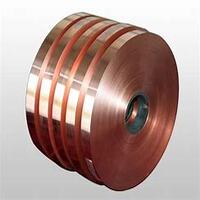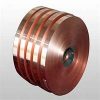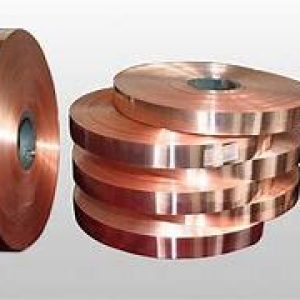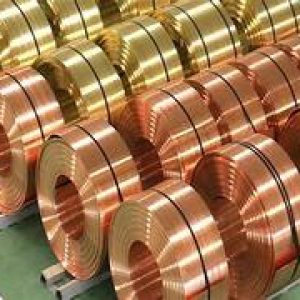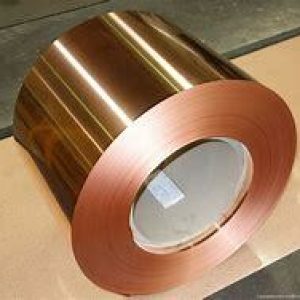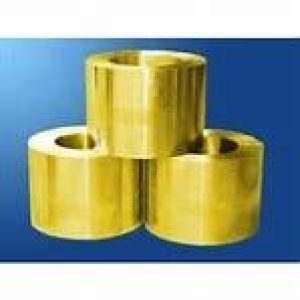Overview of Sheet For Roofing Thin Copper Foil Copper Strip
Copper strip refers to thin, flat, and flexible sheets or strips made from pure copper or copper alloys. Known for their excellent electrical conductivity, thermal conductivity, formability, and resistance to corrosion, copper strips are widely utilized in applications where these properties are of paramount importance. The thickness of copper strips can vary significantly, usually ranging from a few millimeters down to extremely thin foils, while widths can be tailored to suit specific application requirements. Copper strips are commonly manufactured through rolling processes, starting from copper ingots or thicker sheets and progressively reducing their thickness.
Features of Sheet For Roofing Thin Copper Foil Copper Strip
-
High Conductivity: Like copper rods, copper strips offer excellent electrical and thermal conductivity, making them ideal for electrical and electronic components.
-
Formability: Copper strips can be easily bent, folded, or shaped without cracking, which is crucial for complex manufacturing processes.
-
Corrosion Resistance: Copper naturally forms a protective patina that inhibits further corrosion, ensuring its longevity in various environments.
-
Wide Range of Alloys Available: Copper can be combined with other metals to create strips with enhanced properties, such as increased strength, wear-resistance, or specialized thermal and electrical characteristics.
-
Flexibility: The thin and flexible nature of copper strips allows them to conform to curved surfaces or tight spaces, useful in wiring harnesses and compact electronic devices.

(Sheet For Roofing Thin Copper Foil Copper Strip)
Parameters of Sheet For Roofing Thin Copper Foil Copper Strip
The copper strip parameter for roofing thin copper foil is designed to ensure that the roof meets the specific needs of the construction project while minimizing the cost and complexity of installation. The parameter takes into account various factors such as size, thickness, and width of the roof strip to ensure that it fits properly and doesn’t cause damage during the construction process.
In addition to the dimensions of the strip, there are several other parameters that are typically considered when calculating the parameter. These include:
1. Weight: The weight of the copper strip determines how much it will weigh in the final build. A heavier strip may require more metal or a different type of roofing material.
2. Length: The length of the copper strip is another important factor to consider. If the strip is too short, it could prevent air from passing through, which can lead to leaks and poor ventilation. On the other hand, if the strip is too long, it may make it difficult to fit all of the material within the scope of the job.
3. Conformity: The copper strip should be conform to the specified manufacturer’s instructions and design specifications. This includes dimensions, shapes, and finishings. in this aspect could result in an incorrect shape and potentially affect the performance of the roofing system over time.
4. Finisher: The finisher used in the roof will also impact the material’s durability and appearance. Different finishes may have different effects on temperature, humidity, and resistance to corrosion.
5. Application: The location where the sheet will be installed also plays a role in determining the appropriate quantity and style of the roof strip. This includes specifying the surface temperature and humidity conditions, and using materials with good thermal properties.
Overall, the copper strip parameter provides a way to determine the required amount of material to create a smooth, durable roof that meets the specific requirements of your project. By considering these additional parameters, you can minimize the cost and complexity of installation, ensuring that the roof is both functional and visually appealing.
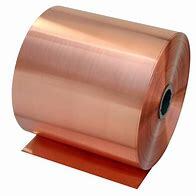
(Sheet For Roofing Thin Copper Foil Copper Strip)
Applications of Sheet For Roofing Thin Copper Foil Copper Strip
-
Electronics Manufacturing: Copper strips are used in printed circuit boards (PCBs), connectors, transformers, and inductor coils due to their high conductivity and ease of processing.
-
Automotive Industry: They are integral to vehicle wiring harnesses, battery terminals, and various electrical components where flexibility and conductivity are required.
-
Building and Construction: Copper strips are used in roofing, flashing, and electrical grounding systems due to their durability and corrosion-resistant properties.
-
HVAC Systems: As part of heat exchangers, evaporators, and condenser coils, copper strips facilitate efficient heat transfer.
-
Telecommunications: Copper strips are found in cable shielding, providing electromagnetic interference (EMI) protection.
Company Profile
Copper Channel is a trusted global metal material supplier & manufacturer with over 12-year-experience in providing super high-quality copper products and relatives products.
The company has a professional technical department and Quality Supervision Department, a well-equipped laboratory, and equipped with advanced testing equipment and after-sales customer service center.
If you are looking for high-quality copper materials and relative products, please feel free to contact us or click on the needed products to send an inquiry.
Payment Methods
L/C, T/T, Western Union, Paypal, Credit Card etc.
Shipment
It could be shipped by sea, by air, or by reveal ASAP as soon as repayment receipt.
FAQs of Sheet For Roofing Thin Copper Foil Copper Strip
Q: What are the standard thicknesses for Sheet For Roofing Thin Copper Foil Copper Strip?
A: Sheet For Roofing Thin Copper Foil Copper Strip can be found in a wide range of thicknesses, typically starting from around 0.1mm up to a few millimeters, depending on the application.
Q: Can Sheet For Roofing Thin Copper Foil Copper Strip be insulated or coated?
A: Yes, Sheet For Roofing Thin Copper Foil Copper Strip can be insulated with materials like PVC, polyethylene, or varnish to protect against environmental factors or to enhance electrical insulation properties.
Q: Is Sheet For Roofing Thin Copper Foil Copper Strip suitable for outdoor use?
A: Absolutely, copper’s inherent corrosion resistance makes it suitable for outdoor applications where exposure to weather conditions is inevitable.
Q: How does Sheet For Roofing Thin Copper Foil Copper Strip compare to copper wires in terms of conductivity?
A: Sheet For Roofing Thin Copper Foil Copper Strip generally has the same level of conductivity as copper wire of the same purity, but their larger surface area can allow for more effective heat dissipation in certain applications.
Q: Are there any specific cleaning or maintenance requirements for Sheet For Roofing Thin Copper Foil Copper Strip?
A: Sheet For Roofing Thin Copper Foil Copper Strip requires minimal maintenance. For cleaning, mild soap and water or specialized metal cleaners can be used, avoiding abrasive materials that might scratch the surface. Regular inspection for signs of corrosion or damage is recommended for critical applications.
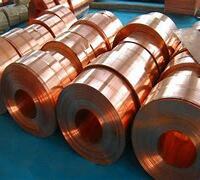
(Sheet For Roofing Thin Copper Foil Copper Strip)
